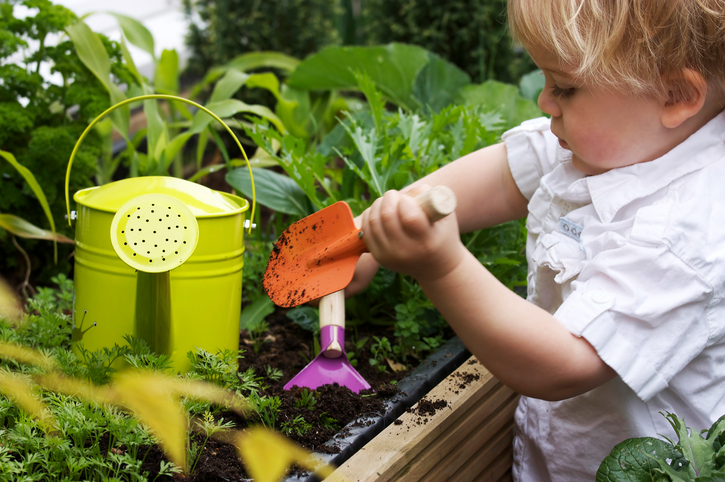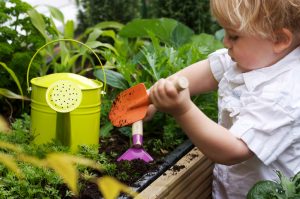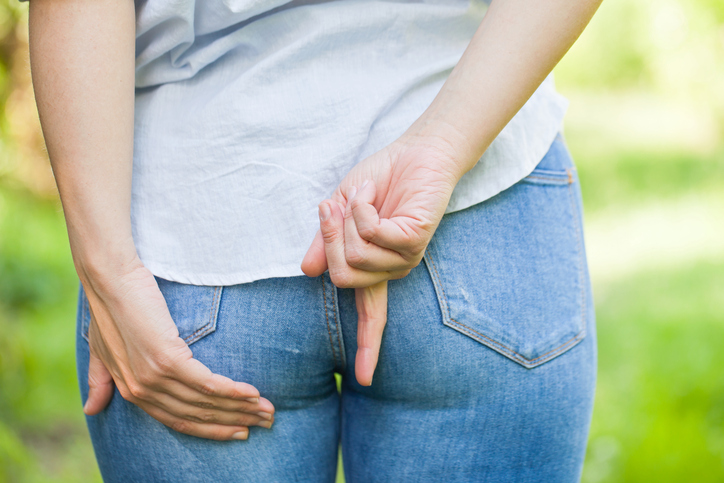AdviceDevelopmental Resources
18 months to 3 years

Understanding How Your Toddler Develops
Every parent wants their toddler to be successful. We want our children to grow up to be happy, to achieve, to make our world a better place. While these are good and worthy intentions, parents need more than good intentions to achieve the goal of raising a successful child. Parents need a plan to transform the intentions into reality. Part of the plan is to understand that while children are genetically programmed to grow, they also need parents who will provide them with the right nurturing environment. Parents optimise their child’s potential when they understand and provide for the needs of their child.
It is becoming more difficult to meet children’s needs today, because our society is losing a sense of community; we’re becoming more fragmented. Fifty years ago people were surrounded by families with babies, so they basically understood how children develop. But for many parents today the first baby they hold is their own. Not knowing what to expect can cause parents anxiety. The purpose of this brochure is to provide parents with basic information about how their child develops and what they really need to be their very best. It’s easier to parent when you know what to expect.

Life Cycle Stages
Like the seasons in nature, families pass through certain predictable events, called the life cycle. The life cycle begins at birth and ends at death. Between these two events are different periods, or stages of development. Childhood is the beginning of the human life cycle. It is a time of profound and wonderful changes. For all children, these changes occur in a specific sequence called developmental stages. Although each child is unique and has their own growth timetable, all children follow a similar pattern of development. By understanding these stages parents become more effective at meeting their child’s needs. Your child is genetically programmed to grow physically, mentally, emotionally, socially, and in language. Your role as parent is to understand how your child develops so you can provide them with the right nurturing environment.
Your child may be showing some signs of attachment distress at this age. It’s always important to intervene in a way that builds the relationship and doesn’t injure it. Check out our attachment tutorial, our anxious child intervention and our alpha child interventions for important foundational information for children this age.
This article describes the average child and is only intended as a guide, not an absolute timetable. Your child may develop quicker or later.
Physical Development
Physical development describes the structure of the body, how each aspect of the body relates to each other, and how the body grows and develops. Your toddler will typically:
- Slower growth in height and weight than toddlerhood
- Jumps, runs, climbs, hopping, throwing
- Walks up and down stairs, two feet to one step
- Can walk on tip toe and jump
- Manipulates objects with good co-ordination – enjoys building block towers
- Can put on shoes
- Begins to draw
- Turns door handles
- Uses spoon effectively
Cognitive Development
Cognitive development describes solving problems, memory, concentration, imagination and working things out. As a toddler, your child will be developing in these ways:
- Finds objects moved out of sight
- Engages in make believe play activities; talking to themselves and copying others
- Sorts objects into categories
- Greater memory recall: people, names, places
- Can follow simple instructions
- Uses an object to represent something real in life: teddy bear is a baby
- Begins to show either right hand or left hand preference
- Can point to parts of the body and other familiar objects
- Can do puzzles
- Can only concentrate on one thing at a time
- Enjoys listening to stories
- Knows the names of some colours
- Aware of the difference between inner mental and outer physical events
Language Development
Language development describes reading, writing, listening, and talking. It is important to be aware of language development in your toddler. Any language delay should be discussed with your child’s doctor to rule out any serious concerns.
- Vocabulary increases to 200 words
- Able to combine two words
- Likes to know names of simple objects
- Joins in with simple nursery rhymes
- Asks questions (. . . and more questions!)
- Listens to stories
Social-Emotional Development
Social-Emotional development describes feelings, developing feelings towards other people, self identity, getting on with other people, making friends and developing social skills. Your toddler should typically:
- Displays self-conscious emotions (shame, embarrassment and pride)
- Acquires a vocabulary of emotional words
- Starts to use language to identify their emotional state
- Self awareness emerges: uses own name or personal pronoun to label self
- Self control appears
- Enjoys helping others
- Not happy to share toys with other children (possessive)
- Shows concern for other children who are crying or upset (empathy)
- 2 years: plays alongside other children;
- 3 years: happy to play with children
- Often displays aggression. Two types:
1. Instrumental aggression is where a child wants an object, privilege or space, and in trying to get it they push, shout or attack a person who is in the way.
2. Hostile aggression is where the child means to hurt another person - Likes to do things without help from others
- Becoming aware of being male or female
Helping Your Child Flourish
This is the stage when your toddler begins to explore their environment. As a result of a child feeling safe and secure (the attachment stage), they now develop a sense of independence. With increased mobility, because they now can walk, they want to explore their world. This is the stage where the process of differentiation begins; the child is becoming a distinct person, separate from his or her parents. Provide your child with nurturing love: be available, give focussed attention, listen, be involved in their world
Provide your child with support and encouragement as she begins to explore her world Remember your child still has a strong attachment need so be physically and emotionally available. Be patient as your child asks for the thousandth time, “Why . . .?” Allow your child to be curious of their new found environment. Show genuine interest and enthusiasm as they report back to you what they have found.
Provide clear boundaries to ensure your child is safe. But keep a balance. Keep him safe while at the same time not being too over protective. Your child has a strong need to explore but still be attached to you. Find a good balance Look for opportunities to help your child learn about herself and her environment Parents can wound their child at this stage by either smothering them (preventing them from exploring) or by neglecting them (lessening their attachment).
“A hundred years from now it will not matter what my bank account was, the sort of house I lived in, or the kind of car I drove . . . but the world may be diff erent because I was important in the life of a child.”
Further Reading
. Berk, L.E. (2003). Development Through The Lifespan. Needham Heights, MA: Allyn & Bacon.
. Brazelton, T.B. (2002). Touchpoints: Your Child’s Emotional and Behavioral Development. Cambridge, MA: Perseus Books.
. Brazelton, T.B. & Greenspan, S.I. (2001). The Irreducible Needs of Children. Cambridge, MA: Perseus Publishing.
. Eisenberg,A., Murkoff, H & Hathaway, S. (1989). What to Expect the First Year. Sydney: Angus & Robertson.
. Green,C. (1995). Toddler Taming: The guide to your child from one to four. Sydney: Doubleday.
. Sanders, M.R. (1992). Every Parent: A positive approach to children’s behaviour. Sydney: Addison-Wesley Publishing Company.



